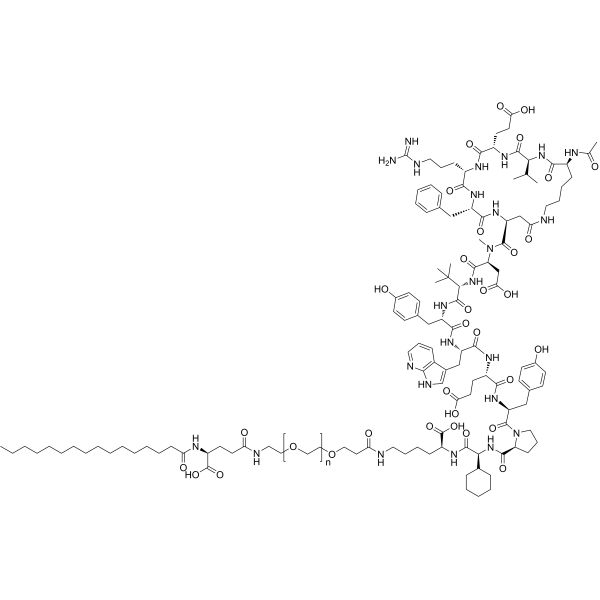Complement System
The complement system helps or “complements” the ability of antibodies and phagocytic cells to clear pathogens from an organism. It is part of the immune system called the innate immune system that is not adaptable and does not change over the course of an individual's lifetime. The complement system consists of a number of small proteins found in the blood, in general synthesized by the liver, and normally circulating as inactive precursors (pro-proteins). When stimulated by one of several triggers, proteases in the system cleave specific proteins to release cytokines and initiate an amplifying cascade of further cleavages. The end-result of this activation cascade is massive amplification of the response and activation of the cell-killing membrane attack complex. Over 30 proteins and protein fragments make up the complement system. Three biochemical pathways activate the complement system: the classical complement pathway, the alternative complement pathway, and the lectin pathway.
Targets for Complement System
Products for Complement System
- Cat.No. Product Name Information
-
GC38880
(Z)-Leukadherin-1
(Z)-Leukadherin-1 (ADH-503 free base) is an orally active and allosteric CD11b agonist. (Z)-Leukadherin-1 leads to the repolarization of tumor-associated macrophages, reduction in the number of tumor-infiltrating immunosuppressive myeloid cells, and enhances dendritic cell responses.
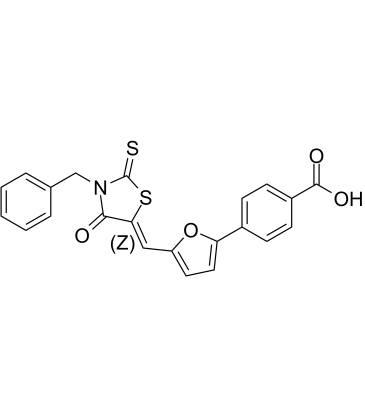
-
GC60040
ADH-503
ADH-503 ((Z)-Leukadherin-1 choline) is an orally active and allosteric CD11b agonist. ADH-503 leads to the repolarization of tumor-associated macrophages, reduction in the number of tumor-infiltrating immunosuppressive myeloid cells, and enhances dendritic cell responses.
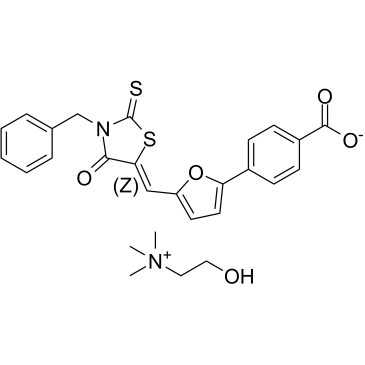
-
GC69582
ARC186
ARC 186 is a nucleic acid adapter that serves as an efficient complement inhibitor by blocking the activation of C5 catalyzed by convertase.
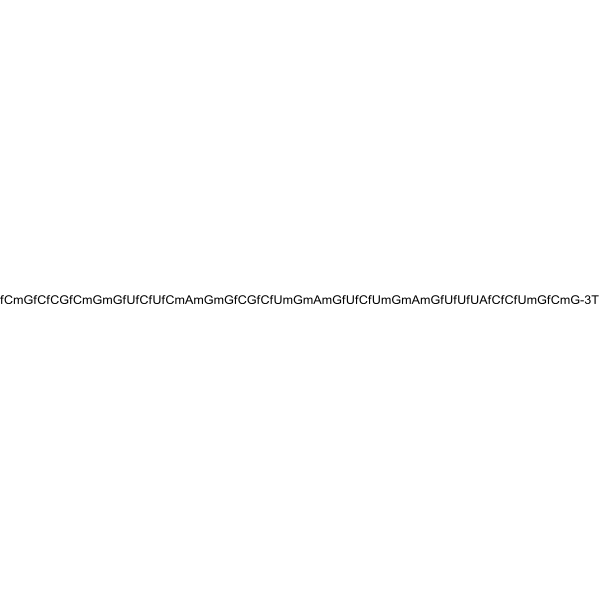
-
GC35481
BCX 1470
BCX 1470 inhibits the esterolytic activity of factor D (IC50=96 nM) and C1s (IC50=1.6 nM), 3.4- and 200-fold better, respectively, than that of trypsin.
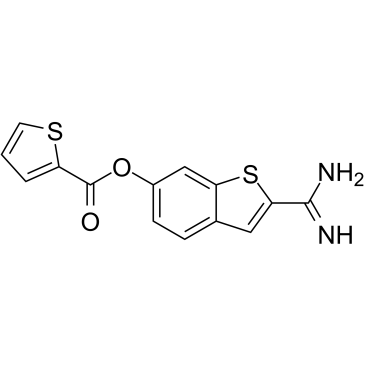
-
GC35482
BCX 1470 methanesulfonate
BCX 1470 methanesulfonate inhibits the esterolytic activity of factor D (IC50=96 nM) and C1s (IC50=1.6 nM), 3.4- and 200-fold better, respectively, than that of trypsin.
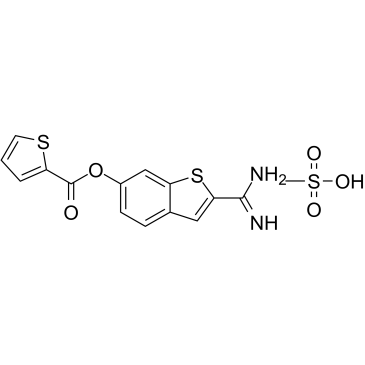
-
GC35575
C3a (70-77) TFA
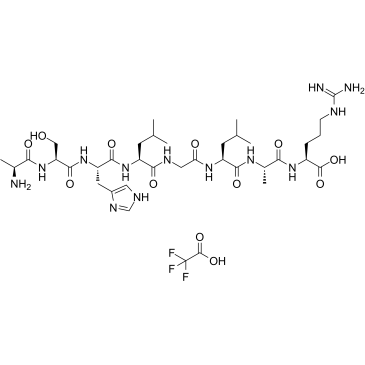
-
GC31928
C3a 70-77 (Complement 3a (70-77))
C3a 70-77 (Complement 3a (70-77)) is an octapeptide corresponding to the COOH terminus of C3a, exhibits the specificity and 1 to 2% biologic activities of C3a.
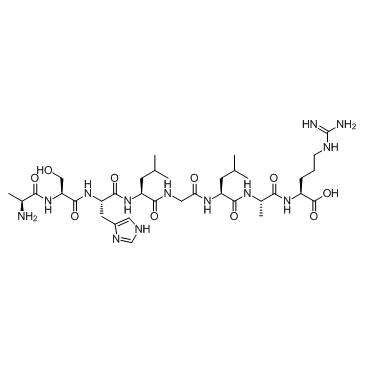
-
GC66410
Cemdisiran
Cemdisiran is an N-acetylgalactosamine (GalNAc) conjugated siRNA for the treatment of complement-mediated diseases by suppressing liver production of complement 5 (C5) protein.
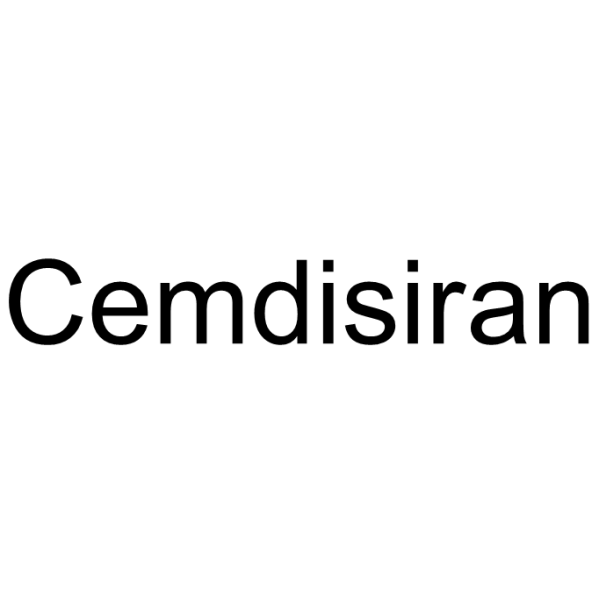
-
GC35724
Complement C5-IN-1
Complement C5-IN-1 (Compound 7) is a small-molecule inhibitor of complement component 5 protein (C5).
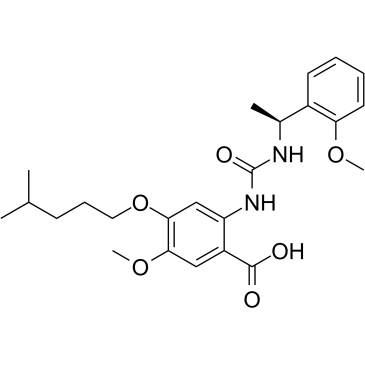
-
GC62901
Complement factor D-IN-2
Complement factor D-IN-2 is an inhibitor of complement factor D extracted from patent WO2015130838A1, compound 190.
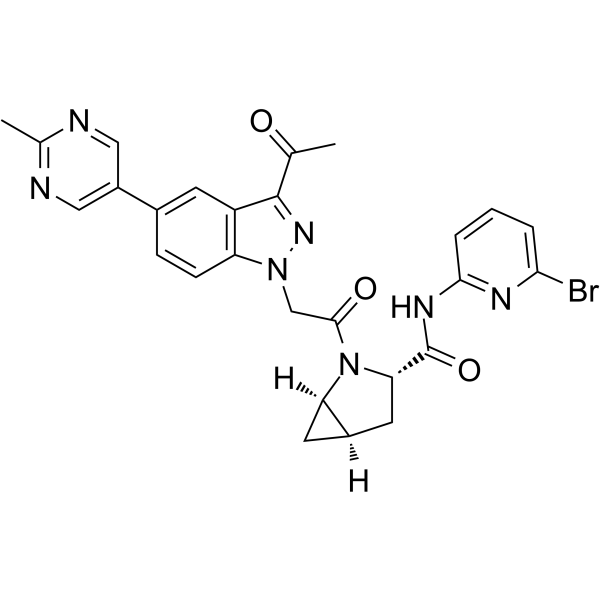
-
GC15251
Compstatin
Complement inhibitor
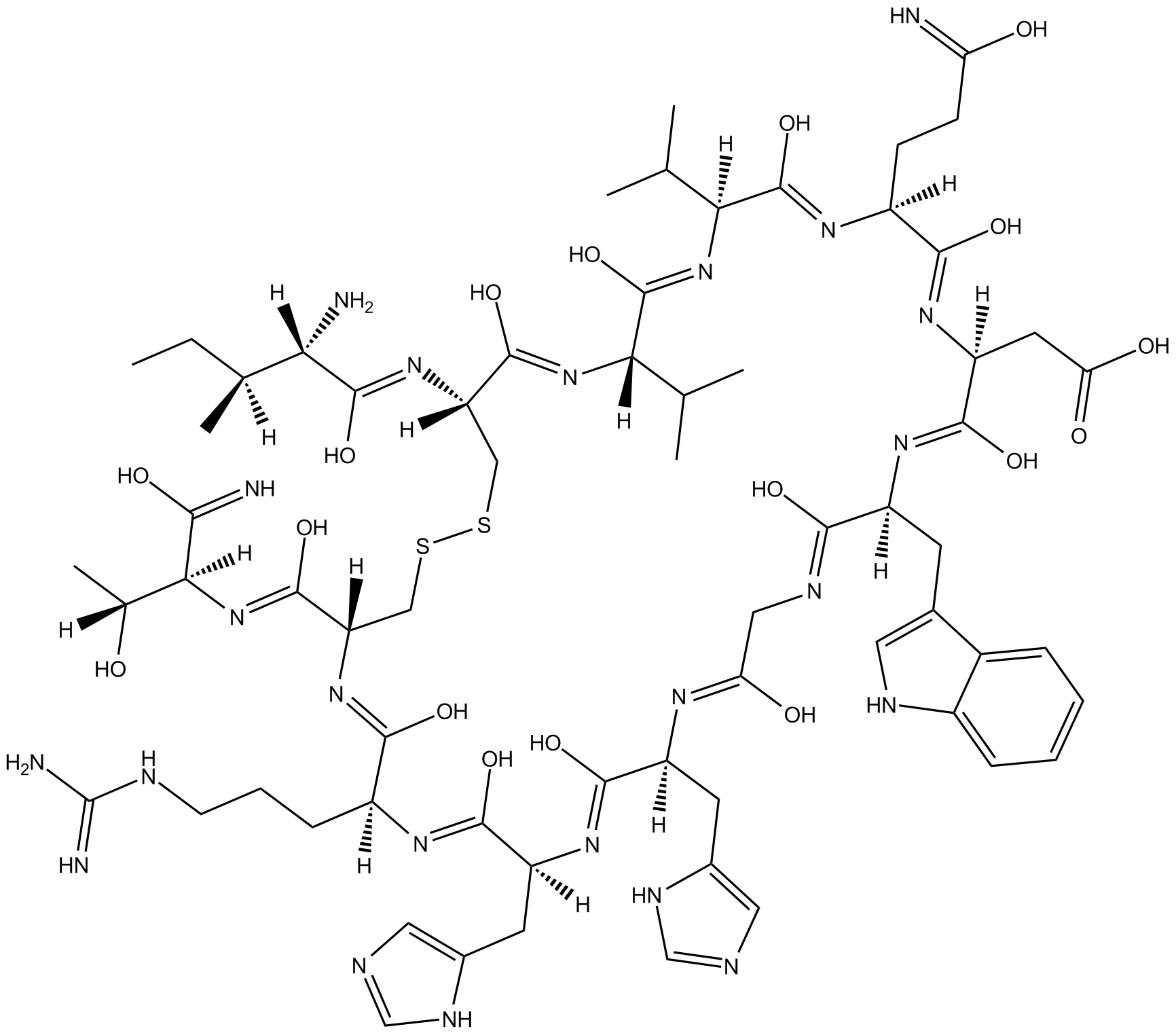
-
GC17510
Compstatin control peptide
control peptide for Compstatin, a complement inhibitor
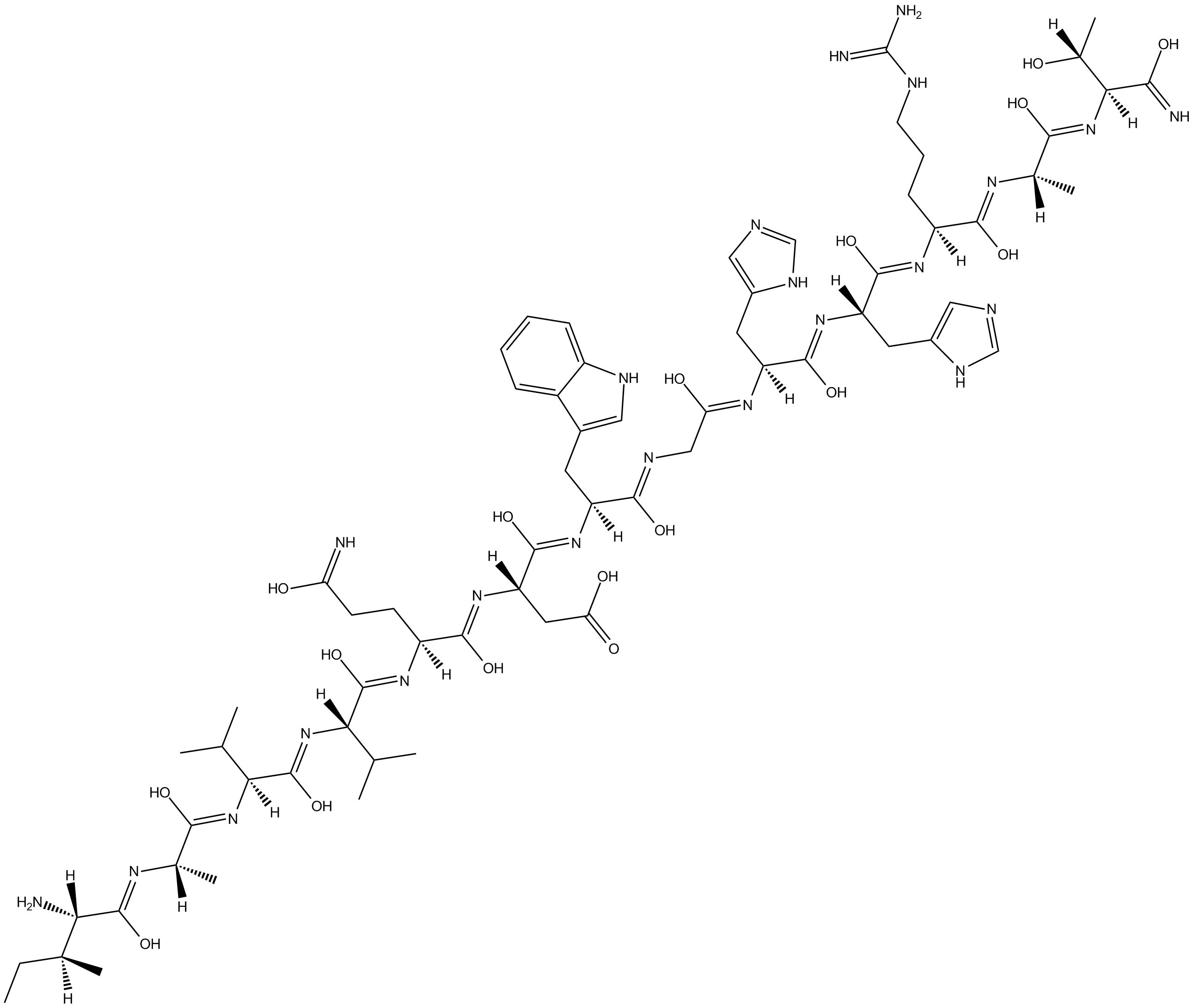
-
GC61469
Compstatin TFA
Compstatin TFA, a 13-residue cyclic peptide, is a potent inhibitor of the complement system C3 with species specificity.
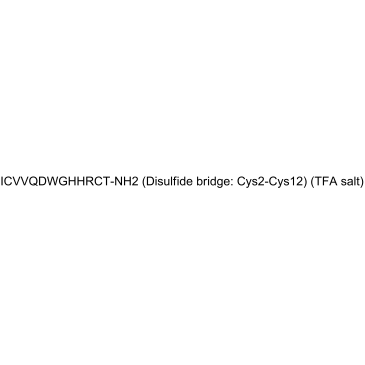
-
GC67721
CP-447697
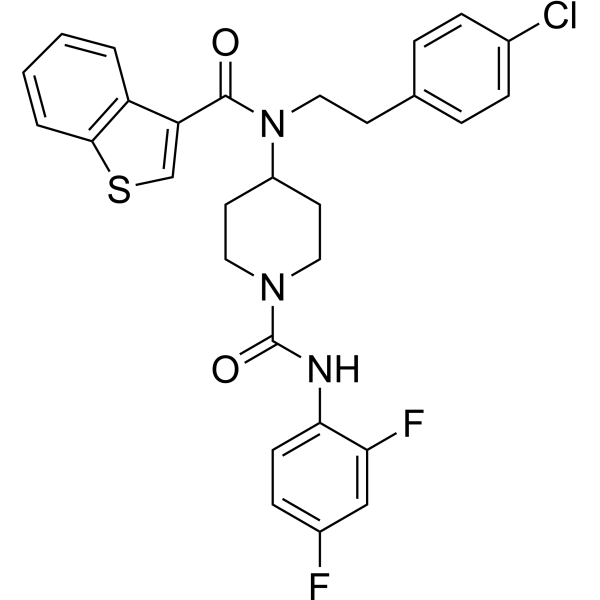
-
GC38162
Danicopan
Danicopan (ACH-4471), a selective and orally active small-molecule factor D inhibitor, shows high binding affinity to human Factor D with Kd value of 0.54 nM.
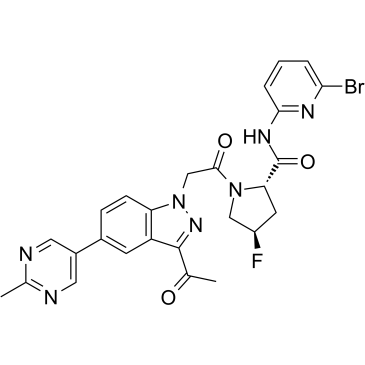
-
GC40775
Dexamethasone
Dexamethasone, as one member of the glucocorticoid family, can protect against arthritis-related changes in cartilage structure and function, including matrix loss, inflammation and cartilage viability.
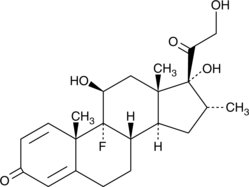
-
GC64796
Eculizumab
Eculizumab (Anti-Human C5, Humanized Antibody) is a long-acting humanized monoclonal antibody targeted against complement C5.

-
GC60149
EG01377 dihydrochloride
EG01377 dihydrochloride is a potent, bioavailable and selective inhibitor of neuropilin-1 (NRP1), with a Kd of 1.32 μM, and IC50s of 609 nM for both NRP1-a1 and NRP1-b1. EG01377 dihydrochloride has antiangiogenic, antimigratory, and antitumor effects.
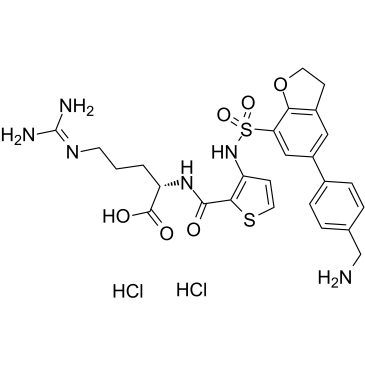
-
GC64892
Factor B-IN-1
Factor B-IN-1 is a Factor B inhibitor extracted from patent WO2013164802A1, Example 24.
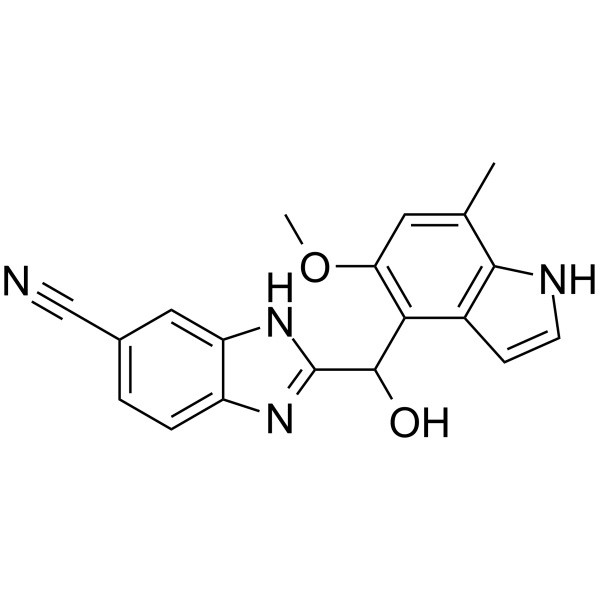
-
GC64878
Factor D inhibitor 6
Factor D inhibitor 6 is a potent, highly selective and orally active factor D (FD) inhibitor with an IC50 of 30 nM and a Kd of 6 nM.
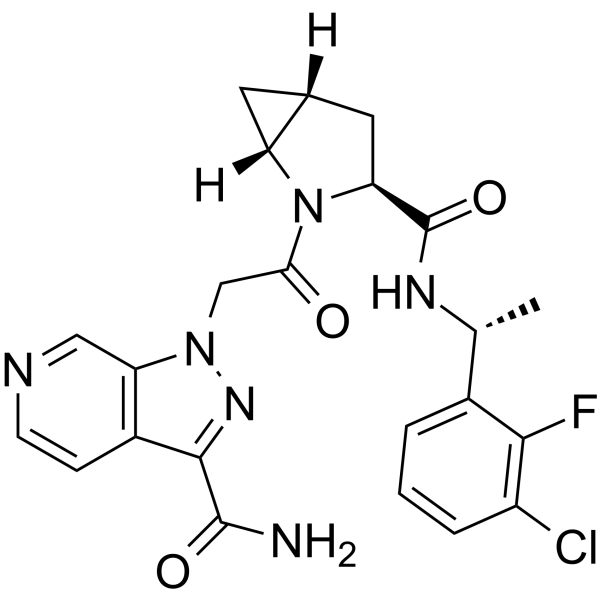
-
GC36035
FD-IN-1
FD-IN-1 (Compound 12) is an orally bioavailable and selective factor D (FD) inhibitor with an IC50 of 12 nM.
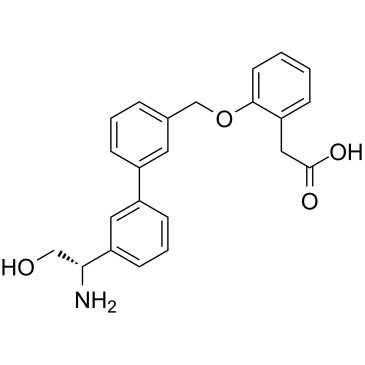
-
GC62479
Iptacopan hydrochloride
LNP023 hydrochloride is an orally bioavailable, highly potent and highly selective factor B inhibitor.
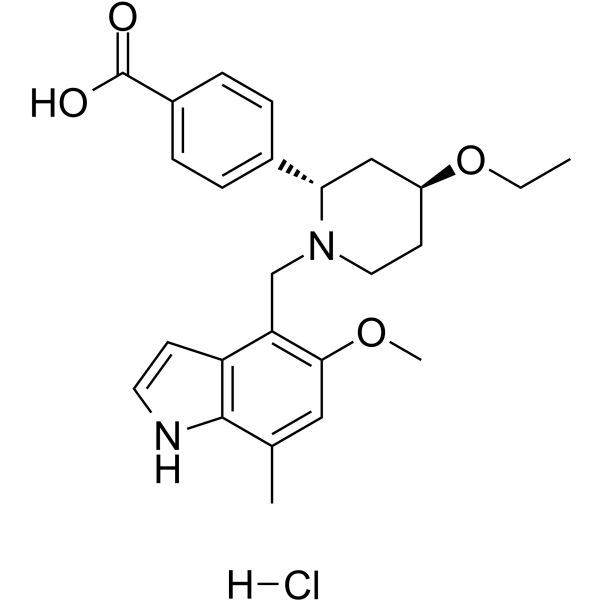
-
GC68029
JPE-1375
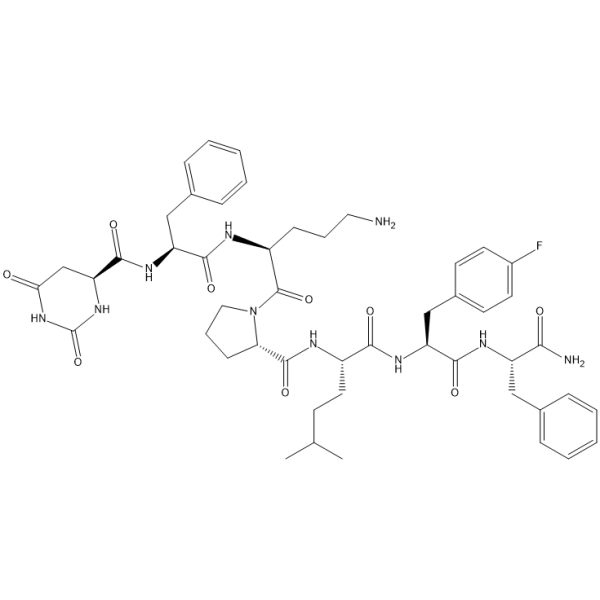
-
GC62273
JR14a
JR14a is a potent thiophene antagonist of human complement C3a receptor.
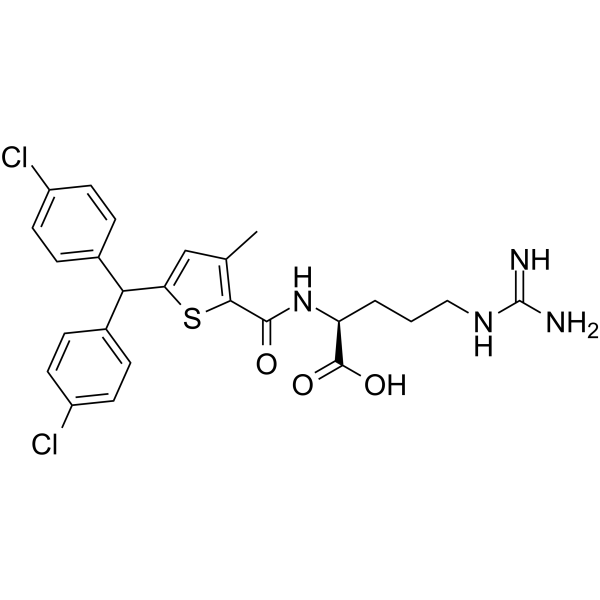
-
GC17263
Leukadherin 1
CD11b/CD18 activator
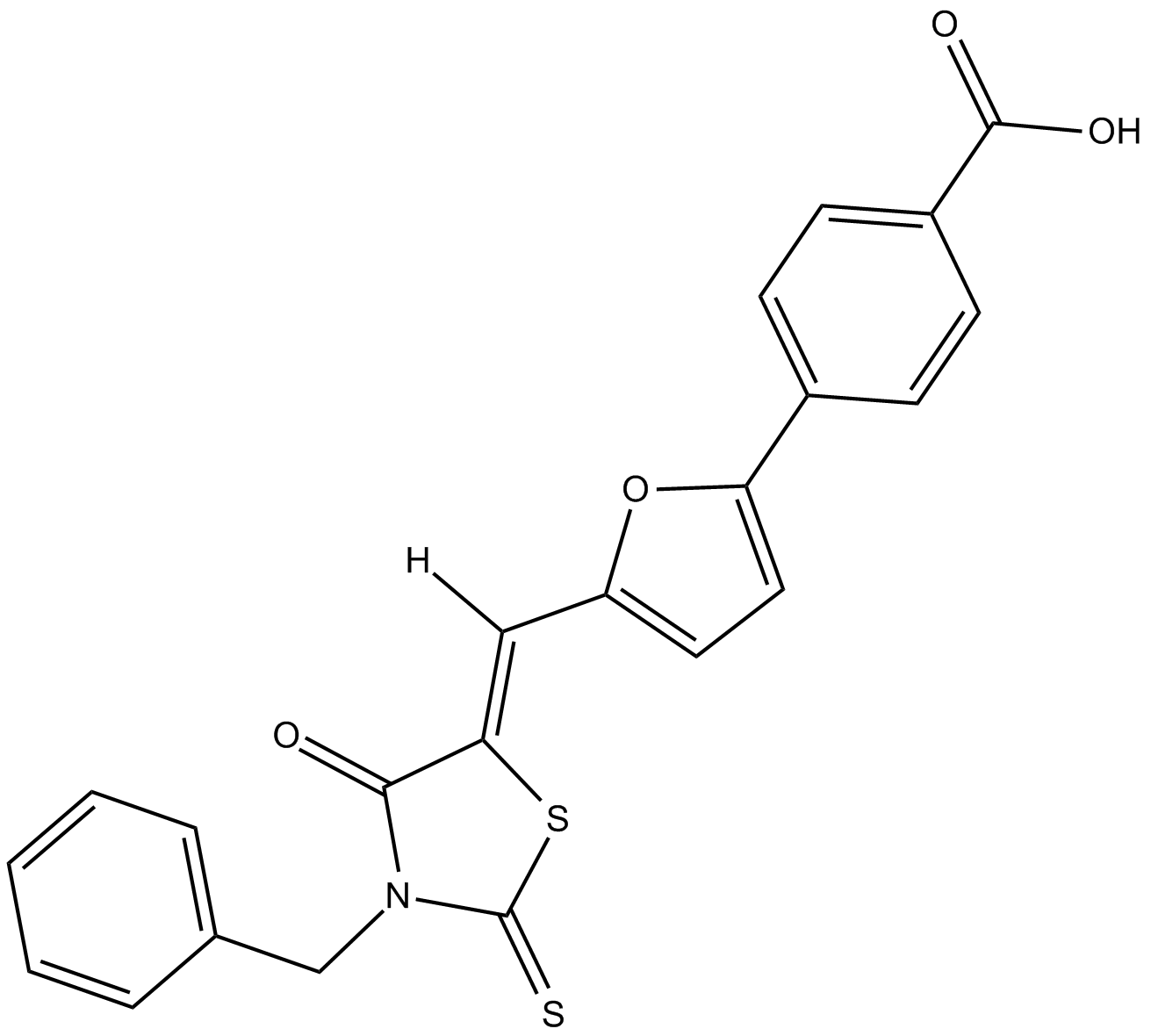
-
GC36472
LNP023
LNP023 (LNP023) is a first-in-class, orally bioavailable, highly potent and highly selective factor B inhibitor with an IC50 value of 10 nM.
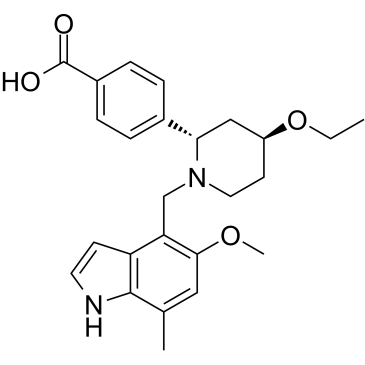
-
GC66874
N-((Allyloxy)carbonyl)-N-methyl-L-alanine
N-((Allyloxy)carbonyl)-N-methyl-L-alanine is a Alanine derivative. N-((Allyloxy)carbonyl)-N-methyl-L-alanine can be used for the synthesis of inhibitors of complement factor D. Complement factor D inhibitors can be used in the research of immune system related disease.
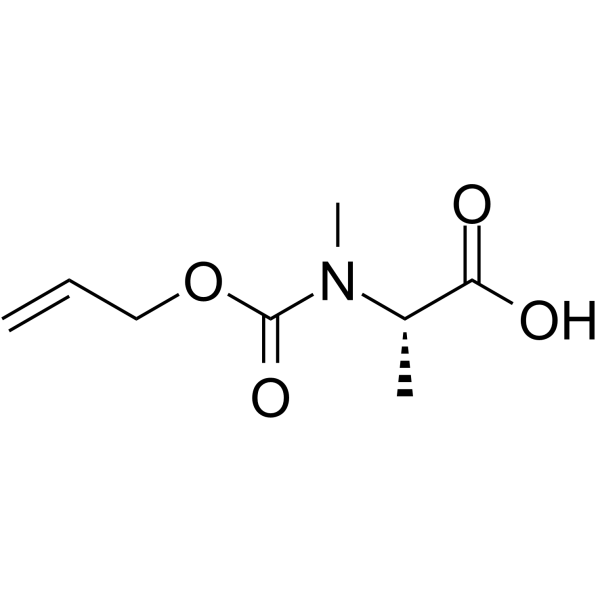
-
GC12342
NDT 9513727
C5a receptor (C5aR) competitive antagonist
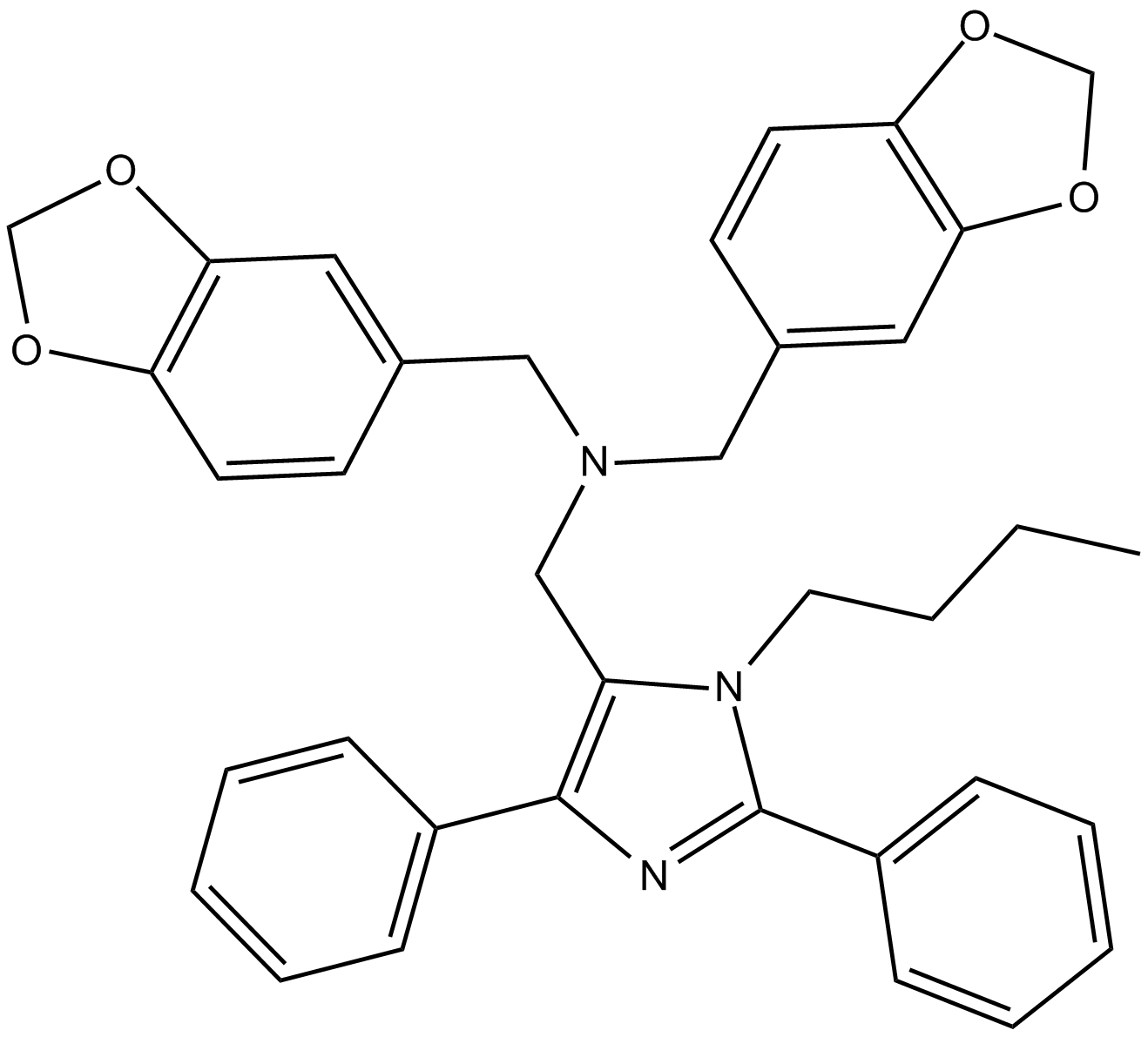
-
GC69592
NRP1 antagonist 1
NRP1 antagonist 1 (compound 12a) is an effective NRP1 inhibitor with an IC50 of 19.1 μM. It has potential for use in cancer research.
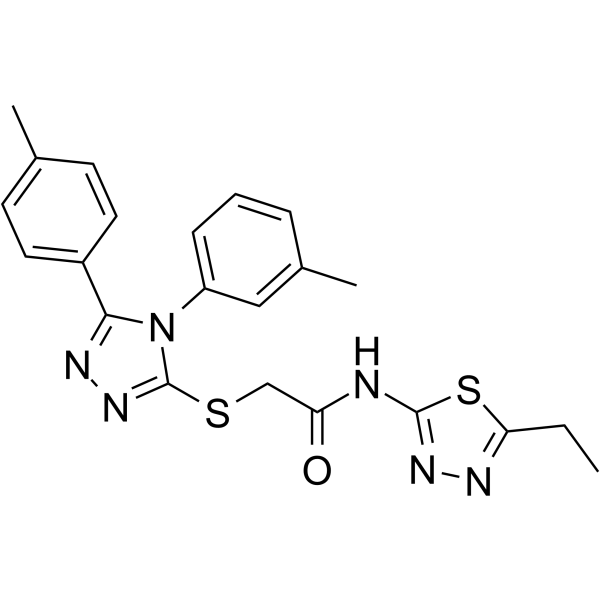
-
GC69684
Pelecopan
Pelecopan (BCX9930) is an effective and selective complement factor D inhibitor with oral activity. Its IC50 value is 14.3 nM. Pelecopan can target complement factor D to prevent intravascular and extravascular hemolysis in PNH, as well as other diseases mediated by alternative pathways.
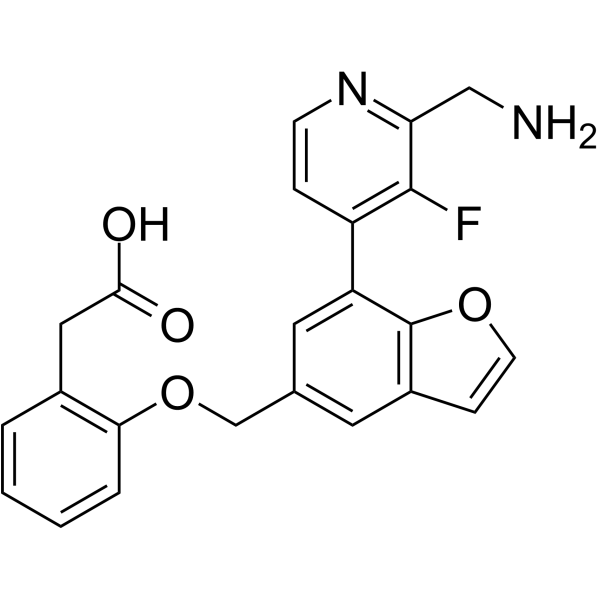
-
GC10449
PMX 205
C5a receptor peptide antagonist
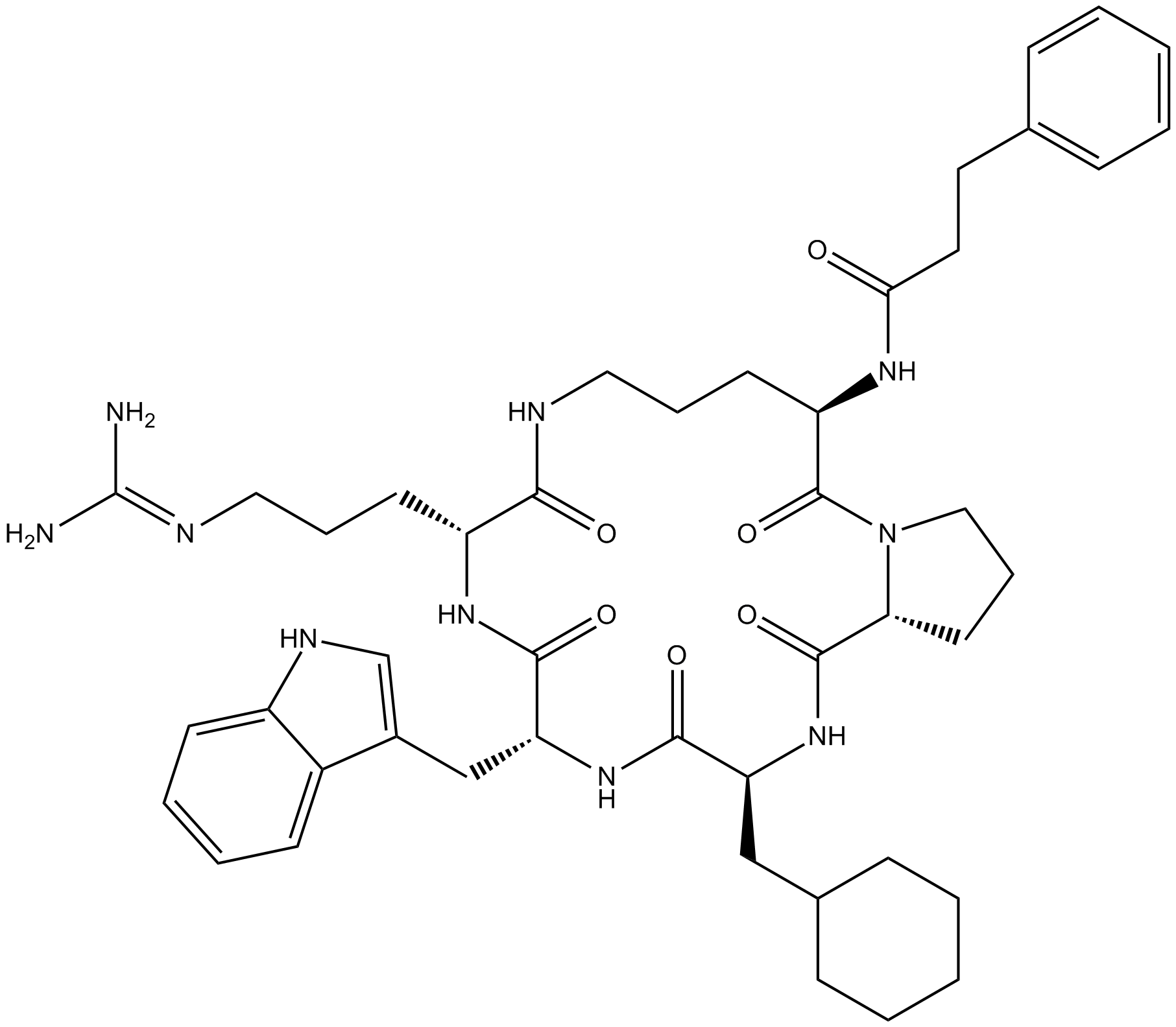
-
GC34434
PMX 205 Trifluoroacetate
PMX 205 Trifluoroacetate is a potent complement C5a receptor (C5aR; CD88) antagonist.
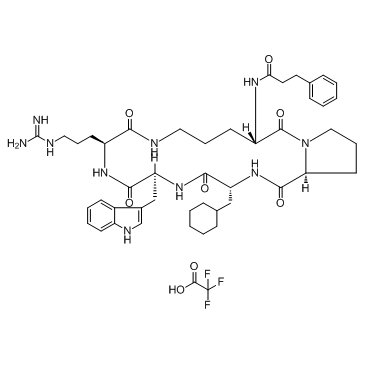
-
GC50176
PMX 53
Potent C5a receptor antagonist

-
GC50238
PMX 53c
Negative control for PMX 53

-
GC63151
POT-4
POT-4 (AL-78898A), a Compstatin derivative, is a potent inhibitor of complement factor C3 activation.
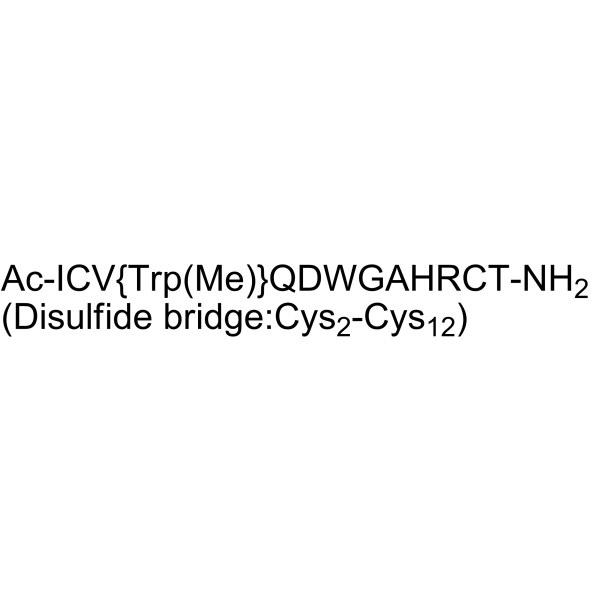
-
GC69803
Ravulizumab
Ravulizumab (ALXN1210) is a humanized monoclonal antibody that binds specifically and with high affinity to human complement protein C5. Ravulizumab can be used in the research of paroxysmal nocturnal hemoglobinuria, atypical hemolytic uremic syndrome, and myasthenia gravis.

-
GC11800
SB 290157 (trifluoroacetate salt)
SB 290157 (trifluoroacetate salt) is a potent and selective C3a receptor antagonist with an IC50 of 200 nM.
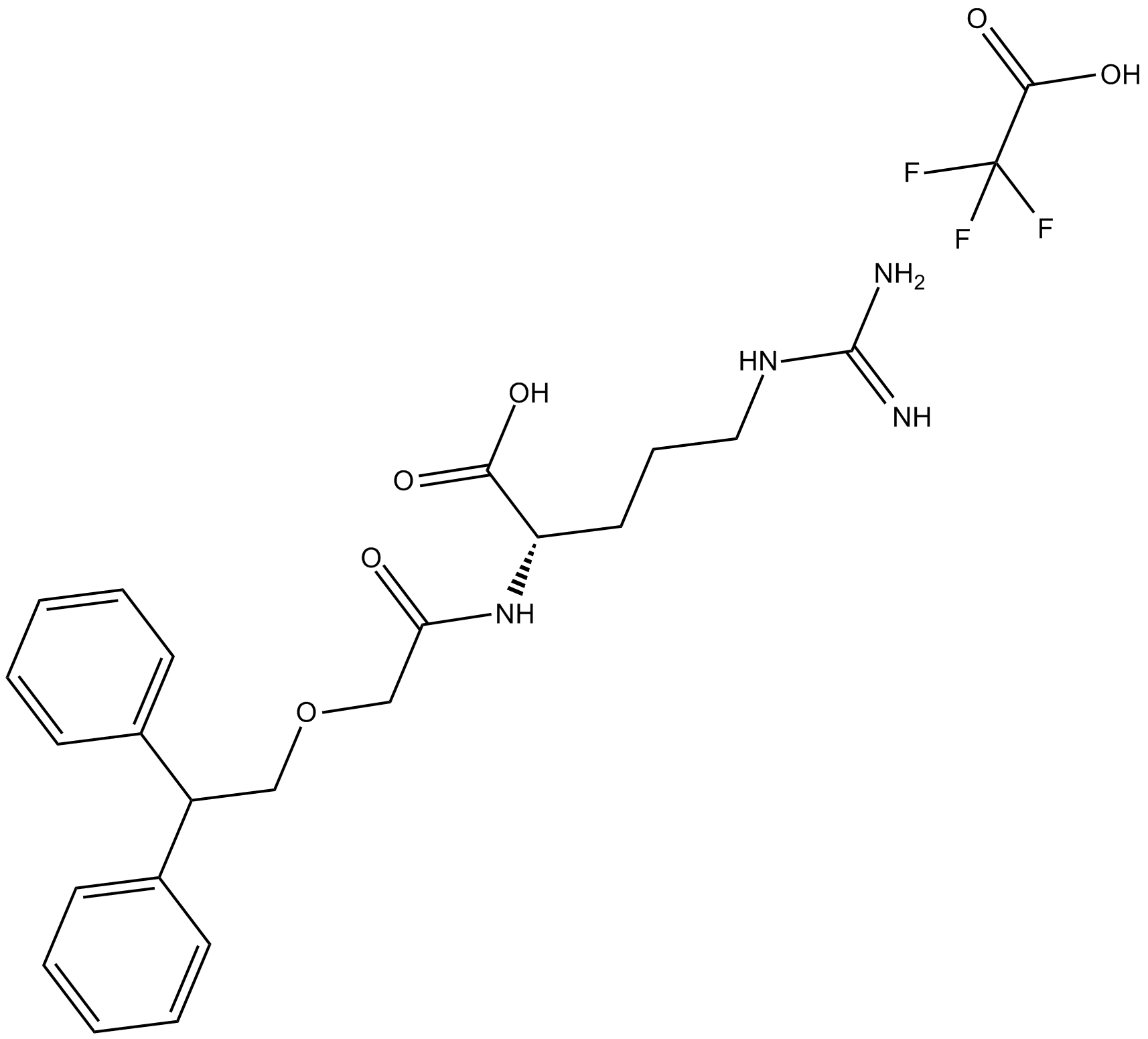
-
GC66348
Sutimlimab
Sutimlimab, a first-in-class complement protein component 1, s subcomponent (C1s) inhibitor, can be used for the research of cold agglutinin disease. C1s is a serine protease which cleaves C4 and C2 to form the C3 convertase.
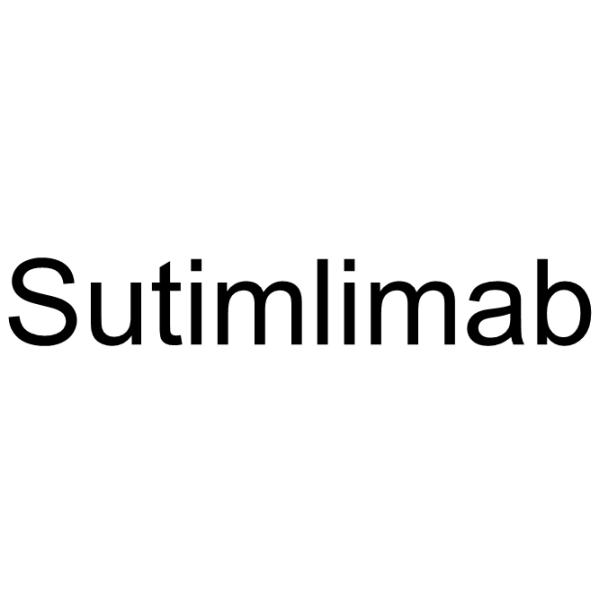
-
GC70017
Tesidolumab
Tesidolumab (LFG316) is a fully human IgG1/Λ monoclonal antibody against C5, with a molecular weight of 143 kDa (excluding glycosylation). Tesidolumab (LFG316) blocks the cleavage of C5, preventing the subsequent formation of membrane attack complex.

-
GC61335
TLQP-21 TFA
TLQP-21 TFA, a VGF-derived peptide endowed of endocrine and extraendocrine properties, is a potent G-protein-coupled receptor complement-3a receptor1 (C3aR1) agonist (EC50: mouse TLQP-21=10.3 μM; human TLQP-21=68.8μM).
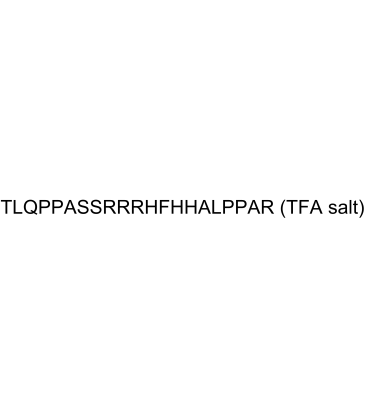
-
GC63858
Vemircopan
Vemircopan (ALXN2050) is an orally active complement factor D inhibitor.
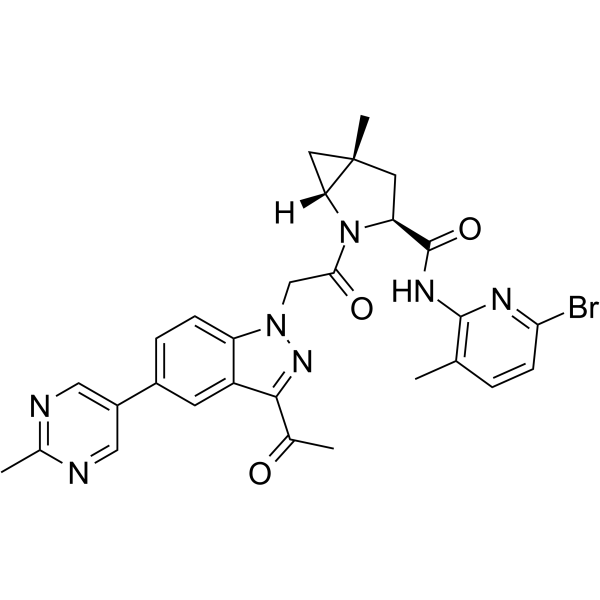
-
GC70116
Vesencumab
Vesencumab (MNRP-1685A) is an IG1 antibody targeting neuropilin-1 (NRP-1). Vesencumab binds to NRP-1 and blocks its coupling with VEGFR-2. Vesencumab has antiangiogenic and antitumor activity. Vesencumab can be used for research on metastatic solid tumors, including ovarian cancer.
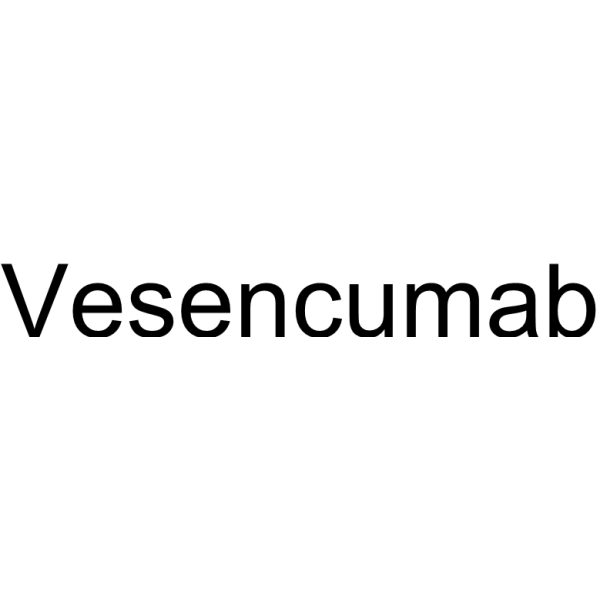
-
GC17129
W 54011
C5a receptor antagonist
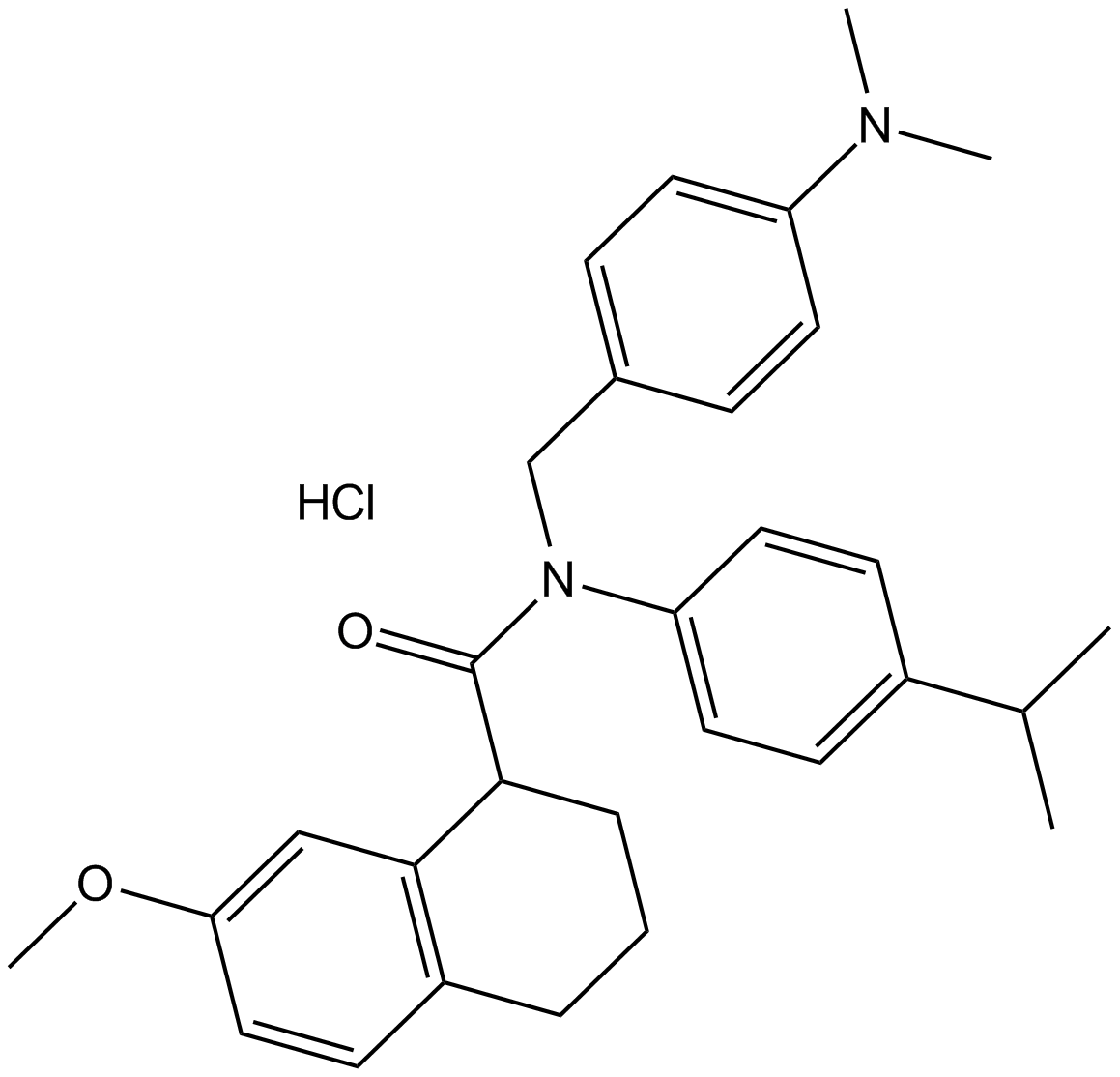
-
GC70170
Zilucoplan
Zilucoplan (RA101495) is a 15-amino acid cyclic peptide and an effective inhibitor of complement component 5 (C5). Zilucoplan can be used in research on immune-mediated necrotizing myopathy (IMNM).
